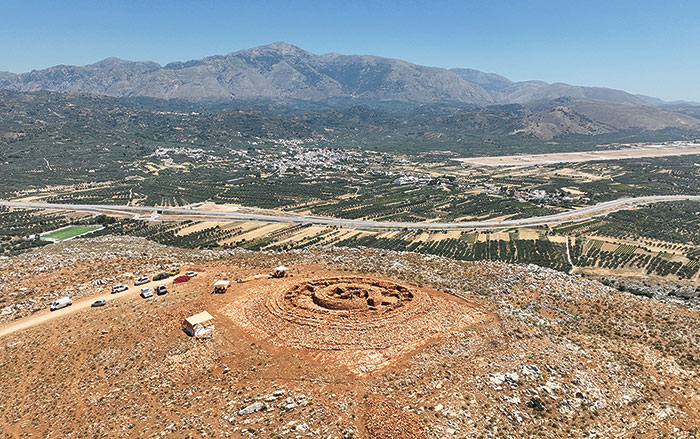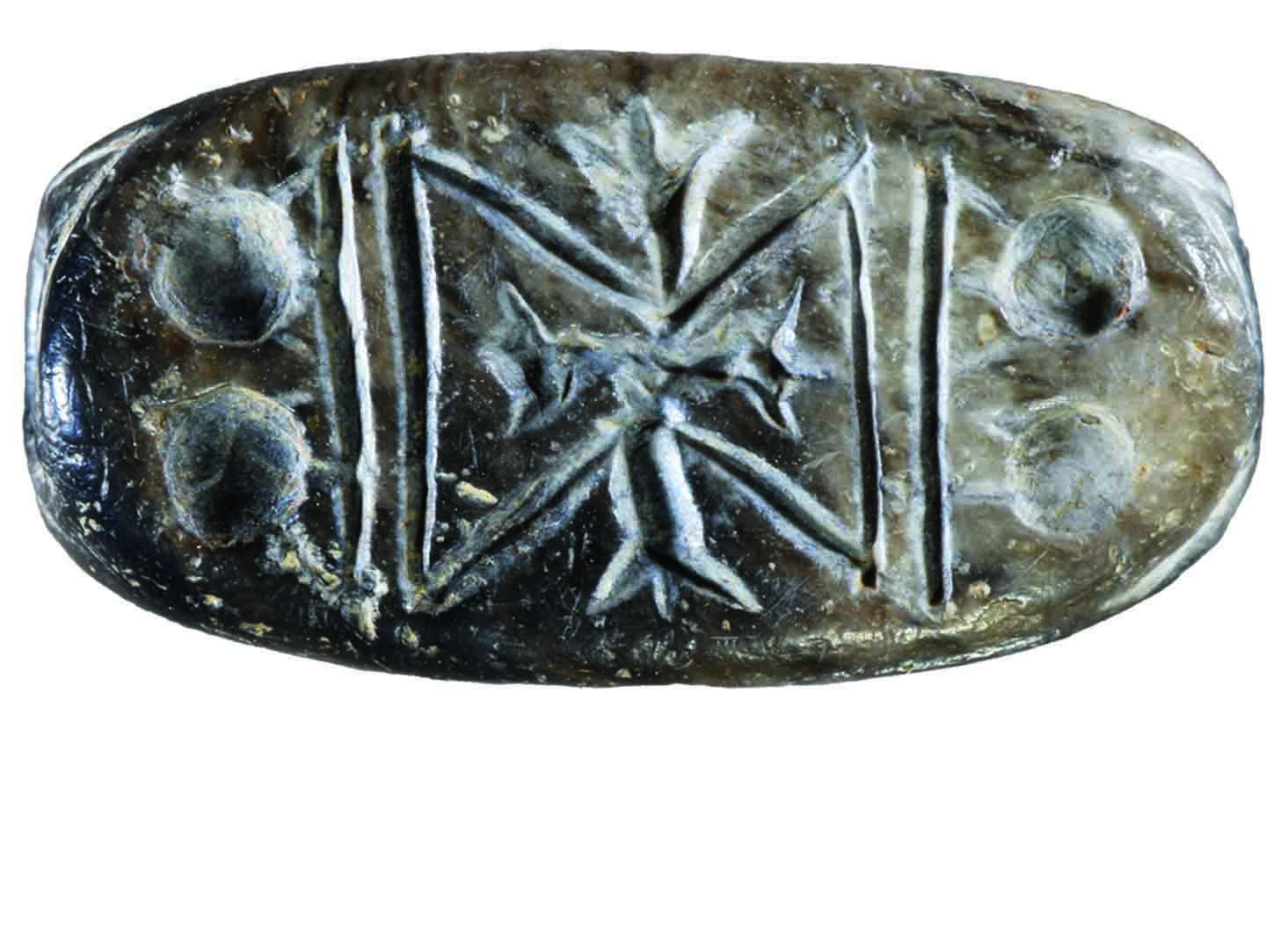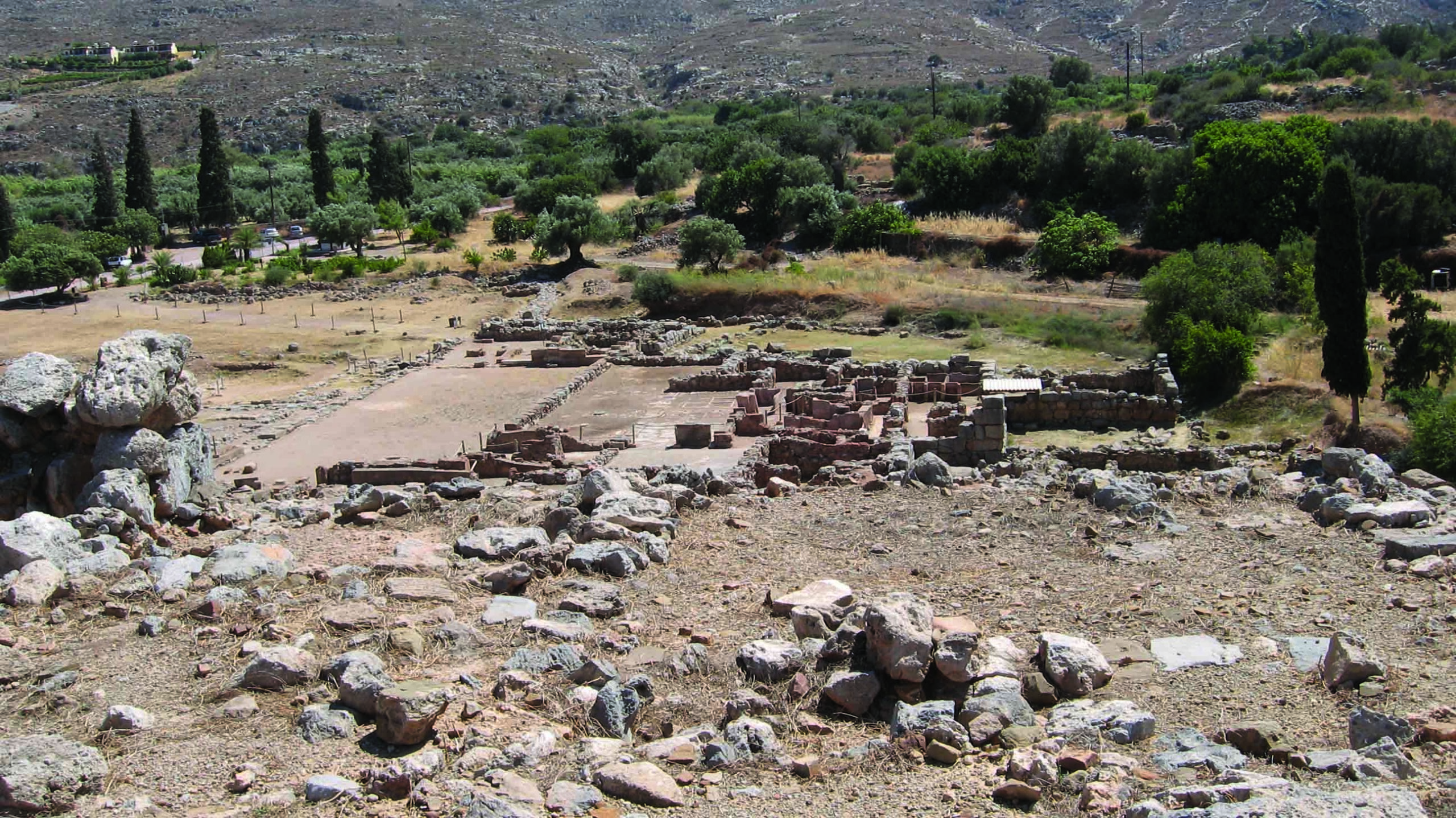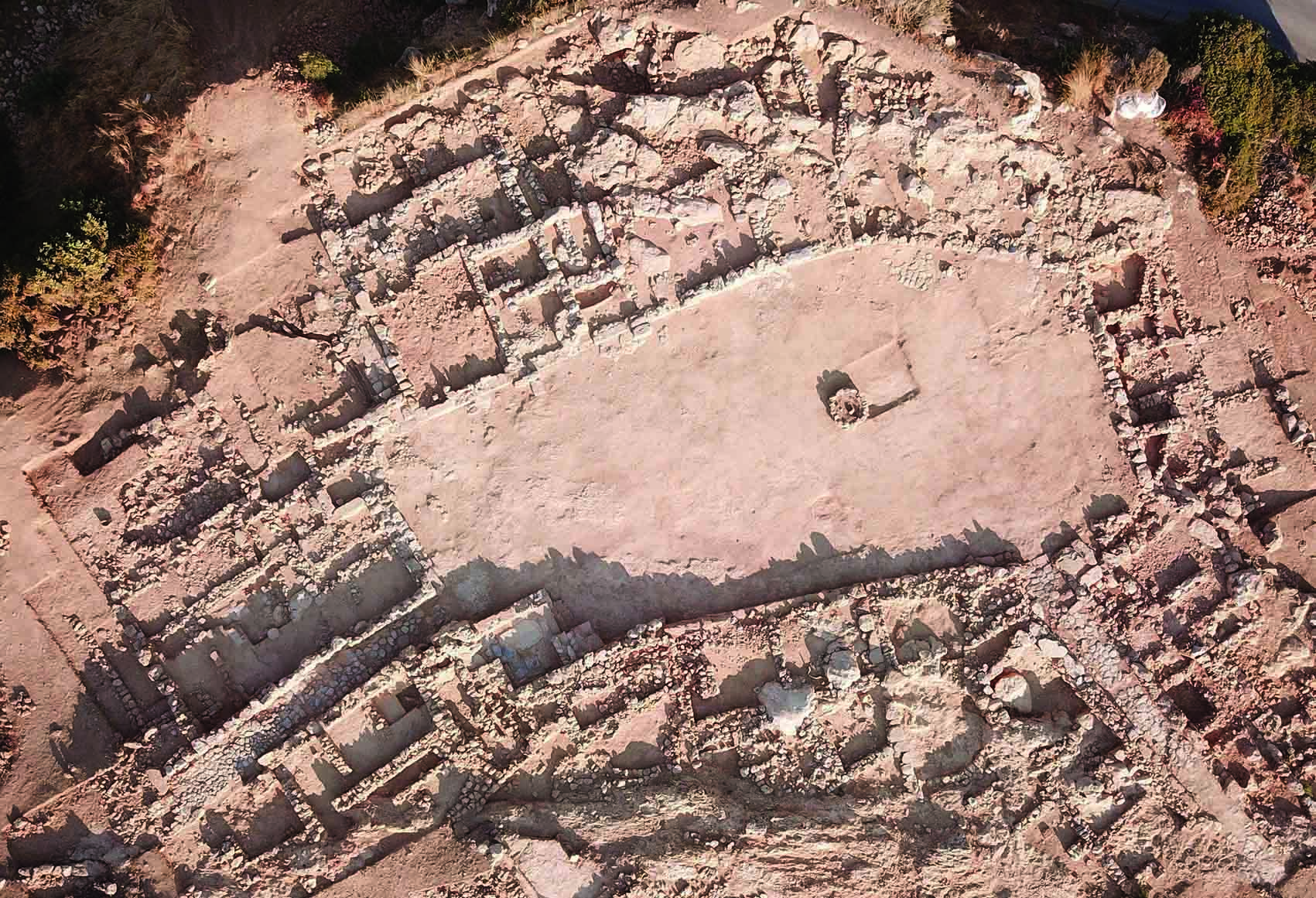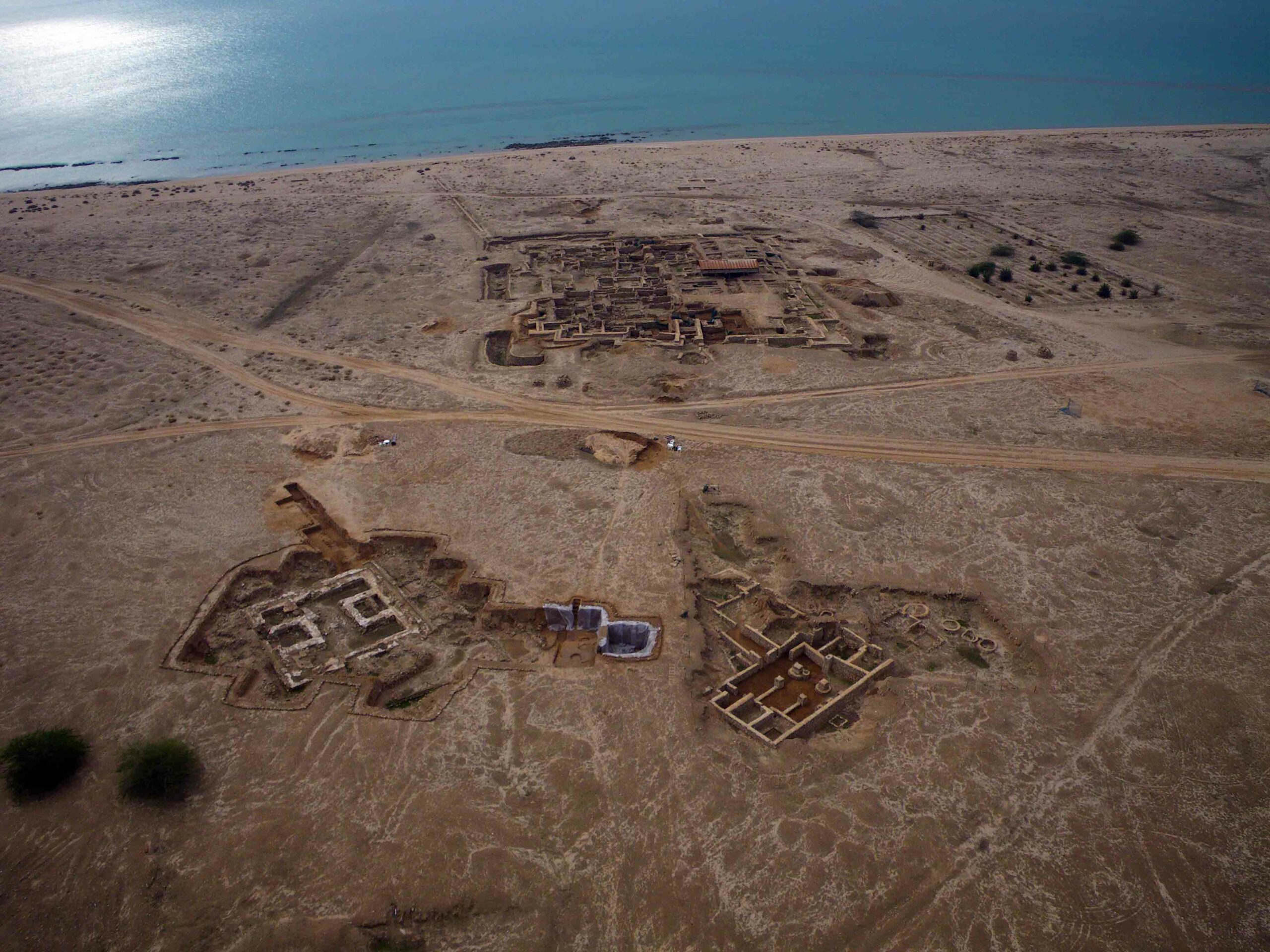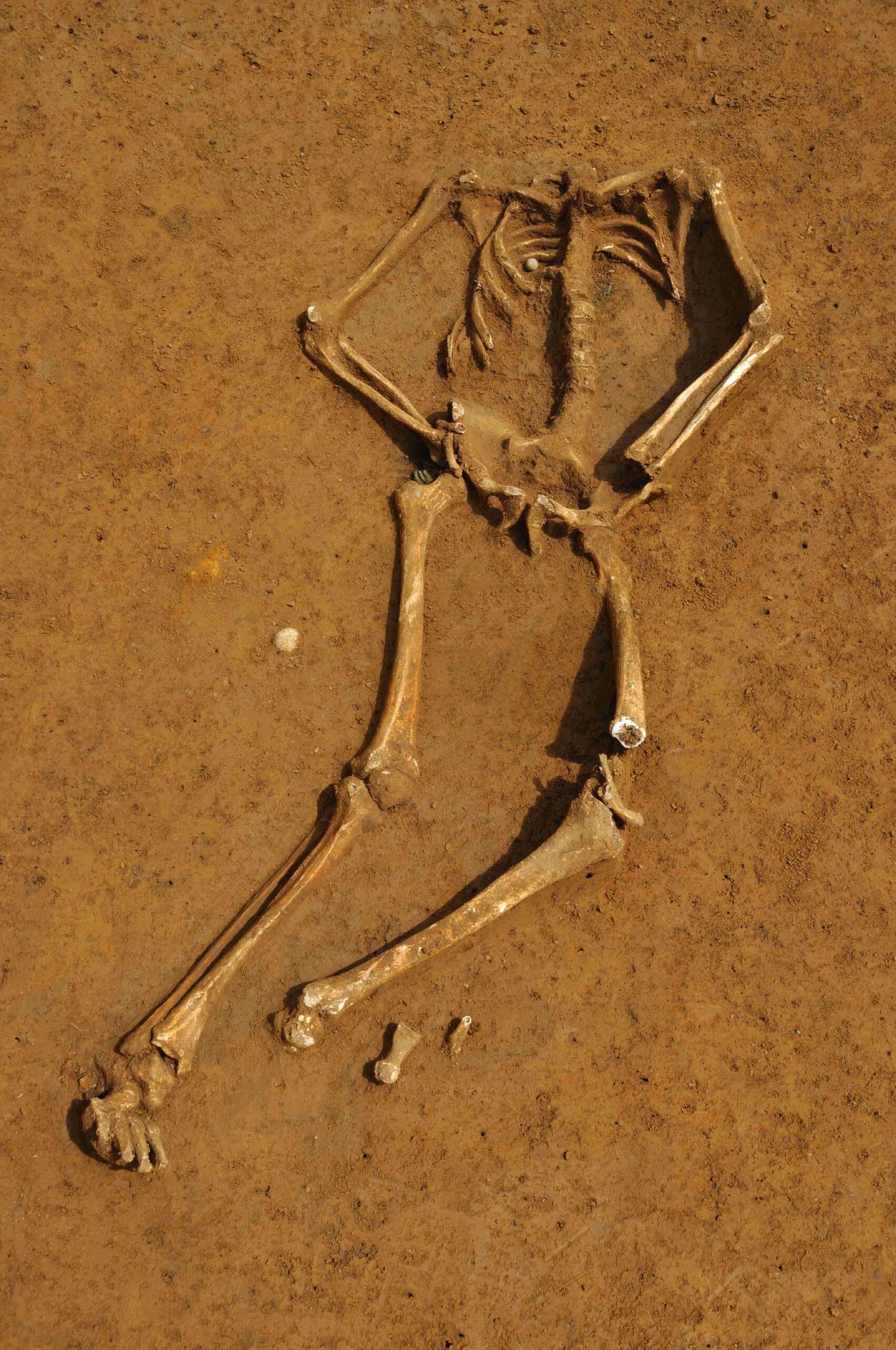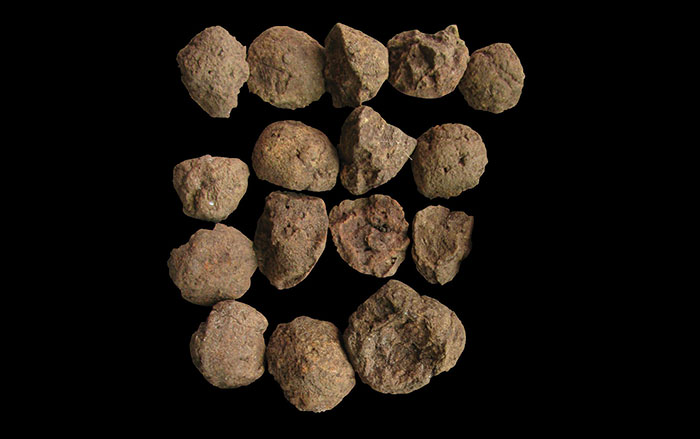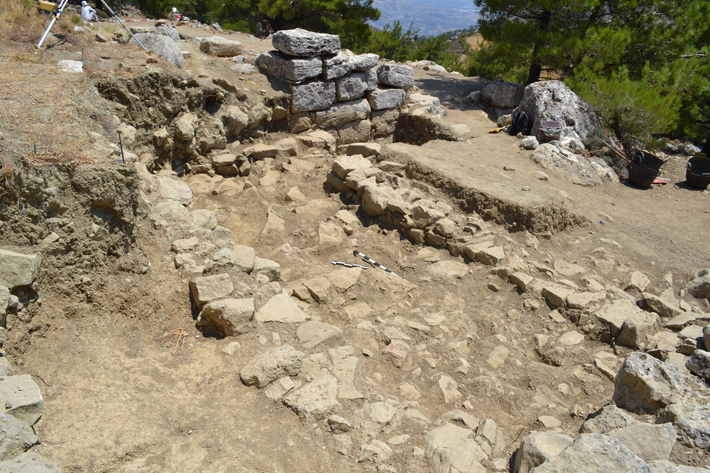
In 1898, archaeologist Sir Arthur Evans visited a small plateau near the town of Ierapetra in southeastern Crete, where he documented in his now-lost diary the remains of a Minoan fort. For almost a century there was no further exploration of the site, called Anatoli, until last summer, when a team from the University of Athens began digging there. Over more than a month, the team unearthed new evidence suggesting that the structure was not, in fact, a defensive fort, but rather a well-preserved two-story villa dating to the New Palace period (1600–1450 B.C.). In addition to walls more than seven feet high, archaeologists also uncovered an impressive stone facade, a room filled with large storage pithoi (ceramic containers), a rock-crystal bead, a bronze ax, and a pillar crypt—a distinctively Minoan ritual structure. Rural villas of this type have been uncovered in Crete before, but they were all situated in the lowlands and plains. Thus the Anatoli villa, at almost 9,000 feet, is only the second to be found at such a high altitude. Excavation director Yiannis Papadatos suggests that it likely functioned as a regional administrative and economic center. Until now, Minoan scholars have focused largely on the island’s lowlands and coastline. In the coming seasons, the team hopes to further explore the role of Minoan mountaintop settlements.


